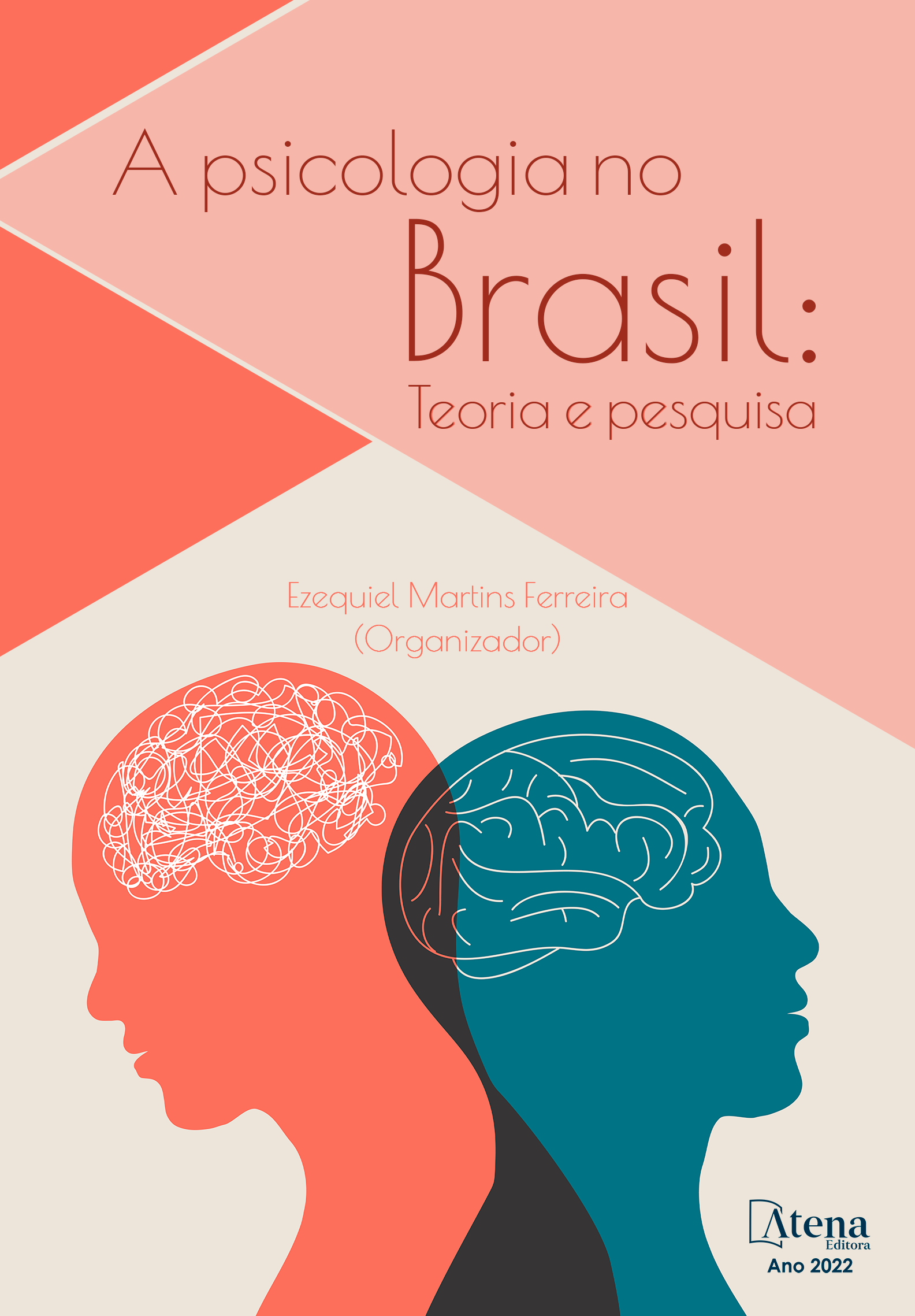
A pintura a dedo como facilitadora do vínculo com a criança autista
Introdução: O Transtorno do Espectro Autista ganhou relevância no meio científico devido a um incremento diagnóstico nos últimos tempos, levando as áreas da psicologia, psicanálise, neurologia, psiquiatria e genética a se empenharem em estudos em busca da etiologia e estratégias de cuidado. Dentre essas, a psicanálise winnicottiana defende o argumento de que o desenvolvimento de estratégias que envolvam o uso da criatividade originária poderá auxiliar crianças no estabelecimento de vínculos e, por conseguinte, promoção de maior interação com o meio. Para Winnicott, a criatividade originária e espaço potencial podem ser expressos em atividades artísticas. Assim, optou-se por realizar a pesquisa envolvendo esta atividade para avaliar os impactos da pintura a dedo no processo de vinculação de uma criança com TEA. Esta proposta fora realizada em um CAPSIJ com o uso de pincéis, papel crafit, cartolina, lápis de cor, giz de cera, papel toalha e copos descartáveis. A partir da pintura, a criança encontrou condições de expressar seus conteúdos internos e inconscientes, com a possibilidade de desconstruir e construir cenários, contribuindo para uma possível retomada do processo de amadurecimento pessoal. A vivência dos encontros foi descrita em um diário de campo para posterior análise. Objetivo geral: Investigar as possíveis contribuições da atividade de pintura a dedo como facilitadora para a vinculação de uma criança com Autismo, junto a diferentes profissionais de um Caps Infanto-Juvenil. Método: Pesquisa-intervenção de método psicanalítico e caráter qualitativo. Foram convidadas para participar da pesquisa 02 crianças, uma com Transtorno do Espectro Autista de 05 anos, e outra com quadro próximo a Psicose de 06 anos de idade. Os participantes foram convidados a realizar a atividade de pintura a dedo na presença da pesquisadora e técnico de enfermagem em 04 encontros. Resultados: A presença da pintura a dedo como um objeto transicional pode ter contribuído para a vinculação entre a criança com Autismo e a pesquisadora. Soma-se a este fato, a fala acolhedora e demonstrações de afeto pela pesquisadora através do canto de músicas infantis, o que fez a criança acompanhar a pesquisadora com os sons, além da expressão de movimentos corporais e verbalizações. Conclusão: A tentativa de fornecer um meio suficientemente bom pela pesquisadora atrelado aos benefícios da pintura a dedo podem ter contribuído para uma possível vinculação com a criança autista.
A pintura a dedo como facilitadora do vínculo com a criança autista
-
DOI: 10.22533/at.ed.7042207023
-
Palavras-chave: Transtorno do Espectro Autista; Criatividade primária; vínculo; acolhimento; objeto-transicional.
-
Keywords: Autism Spectrum Disorder; Primary creativity; bond; reception; Object-transitional.
-
Abstract:
PAINTING THE FINGER AS A FACILITATOR OF THE LINK WITH THE AUTISTIC CHILD
Introduction: Autism Spectrum Disorder has gained relevance in the scientific community due to a recent diagnostic increase, leading the areas of psychology, psychoanalysis, neurology, psychiatry and genetics to engage in studies in search of etiology and care strategies. Among these, Winnicottiana psychoanalysis defends the argument that the development of strategies that involve the use of original creativity may help children in the establishment of bonds and, therefore, promotion of greater interaction with the environment. For Winnicott, the original creativity and potential space can be expressed in artistic activities. Thus, we decided to carry out the research involving this activity to evaluate the impacts of painting to finger in the process of linking a child with ASD. This proposal was held in a CAPSIJ with the use of brushes, crafit paper, cardboard, crayons, crayons, paper towels and disposable cups. From the painting, the child found conditions to express their internal and unconscious contents, with the possibility of deconstructing and constructing scenarios, contributing to a possible resumption of the process of personal maturation. The experience of the meetings was described in a field diary for further analysis. General objective: To investigate the possible contributions of the painting activity as a facilitator for the attachment of a child with Autism, together with different professionals of a Child-Youth Caps. Method: Research-intervention of the psychoanalytic method and qualitative character. Two children were invited to participate in the study, one with Autism Spectrum Disorder of 05 years old, and another with a psychosis of 06 years old. The participants were invited to perform the painting activity in the presence of the researcher and nursing technician in 04 meetings. Results: The presence of finger painting as a transitional object may have contributed to the link between the child with Autism and the researcher. It adds to this fact, the welcoming speech and demonstrations of affection for the researcher through the singing of children's songs, which made the child accompany the researcher with the sounds, besides the expression of body movements and verbalizations. Conclusion: The attempt to provide a sufficiently good medium for the researcher linked to the benefits of finger painting may have contributed to a possible link with the autistic child.
-
Número de páginas: 26
- Prof. Ms. Eduardo Fraga de Almeida Prado
- Thaysa Barbosa Gomes


